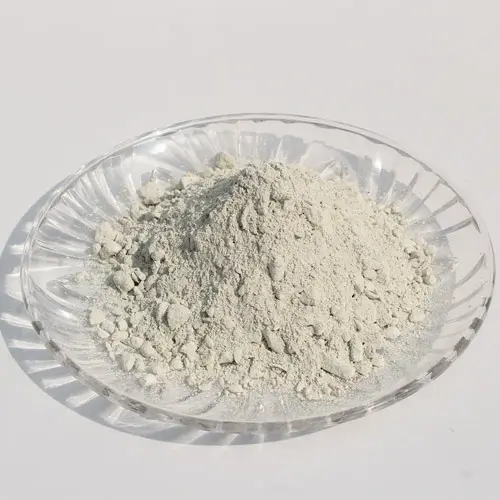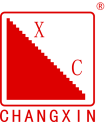During the pouring process of refractory castables, how to leave expansion joints mainly depends on the following 5 key points: 01 Contraction and expansion of refractory castables
During the first heating process, refractory castables will shrink twice during dehydration at 50℃~200℃ and sintering at 900℃~1000℃. In other temperature ranges, heating will cause the castable to expand. After the first heating, the castable generally no longer shrinks.
To prevent the stress caused by volume change from damaging the castable, the lining must be divided into small areas with a diagonal size of no more than 1.5m, and the lining must be poured in sections and expansion and contraction gaps must be left at the boundary of each pouring area.
Influence range of expansion joints
The size of the gap should ensure that the castables in each area can expand freely. The expansion joints in the right position can also serve as control joints. In the high temperature section (>600℃), the width of the expansion joints should be controlled at 3-4mm according to the spacing of the expansion joints. The expansion joints and control joints are set on the plane about 200mm away from the convex corners, rather than in the convex corners and the pointed cones. The castables on both sides of the expansion joints and control joints have a greater tendency to crack, and the density of the nails can be appropriately increased.
Width control of expansion joints
The width of the expansion joint is related to the working temperature and the controlled line length. When the temperature is high and the controlled length is long, the expansion joint can be appropriately widened. In relatively low temperature areas (<400℃), the equipment shell can be directly castable without thermal insulation layer. Under such conditions, inserting 2mm thick cardboard or plastic film every 1.5m can meet the expansion space requirements.
Optimal location of expansion joints
When determining the expansion position, the reasonable arrangement of the vibration process should be considered. The vibration of the castable on one side of the gap should not affect the castable that has been cast and vibrated and has begun to harden. The location of the expansion joint avoids the stress-bearing parts, the holes of the furnace frame and the lining. In areas with complex shapes, such as corners, protrusions, etc., expansion joints adapted to their surfaces should be set at the protruding angles and curved surfaces with small curvature radii. When two casting surfaces intersect at a concave angle, an L-shaped expansion joint should be set at the concave angle.
The lining drawing should show the location and size of the expansion joints in the main parts. If the working temperature of the castable exceeds 1200℃, an expansion joint with a width of more than 3mm should be set, and a ceramic fiber blanket should be inserted into it.
Control joint setting
Since castables can crack due to shrinkage, control joints need to be set at about 200mm at the convex corners, so that shrinkage cracks can occur in predetermined and safer locations. Control joints can be set by stuffing paper, paraffin or thin wood boards in the predetermined gaps. Combustible or runoff materials can be cast under high temperature conditions. After these combustibles burn or run off, control joints will be left.
Control joints must be set between adjacent nails, and the distance from the nails on both sides is roughly equal. They should be set on continuous curved surfaces, conical surfaces and pipes, and on planes and curved surfaces where the risk of shrinkage cannot be controlled. They should be set in areas where expansion joints cannot be set, such as setting expansion joints on small casting surfaces and convex corners.

More details about refractory castables
What are refractory castables?
Refractory castables are unshaped refractory materials that can be mixed on-site with water and cast into virtually any form. They consist of carefully graded refractory aggregates, hydraulic or chemical binders, and performance-enhancing additives.
What are the three types of refractories?
There are three main types of refractories based on their chemical nature: acidic, basic, and neutral. Refractories can also be classified based on their fusion temperature into normal, high, and super refractories. Manufacturing methods include dry press, fused cast, hand molded, and formed/unformed.
How to make refractory castable?
Manufacturing Process of Castable Refractories
Refractory castables are created from science, engineering, and material precision to provide high-performance thermal solutions. It begins with the selection of premium raw materials comprising high-purity alumina, silica, and magnesia.
What are the ingredients in castable refractory?
A castable refractory composition may include from 5% to 95% by weight of alumina, aluminosilicate, or mixtures thereof: up to 70% by weight silicon carbide: up to 10% by weight carbon: from 0.1% to 5% by weight alkaline earth metal oxide and/or hydroxide.

